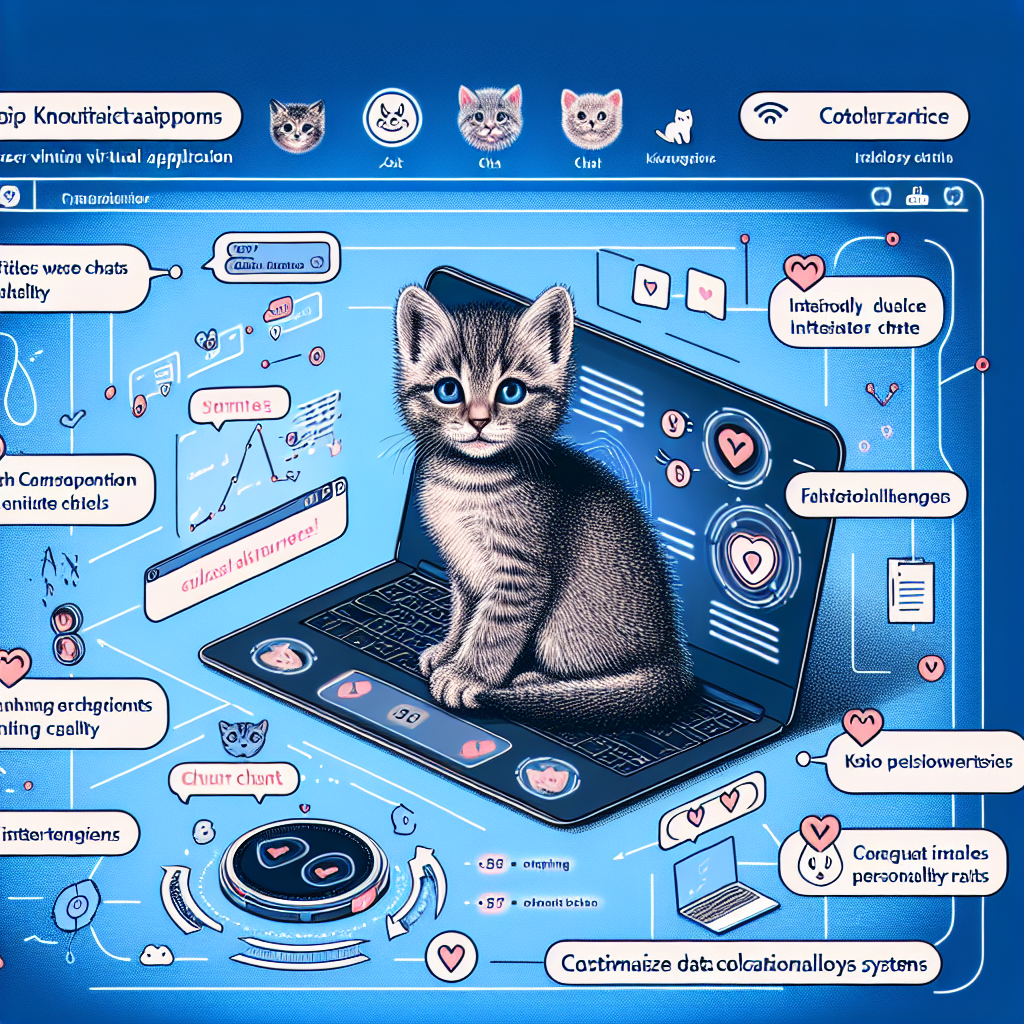“Emerging AI Reasoning Models: A Step Closer to Human-Like Thinking”

“`html
The Rise of Reasoning Models in AI: Are Machines Becoming More Human-Like?
Artificial Intelligence (AI) is evolving faster than we ever imagined. One day, we’re programming computers to beat us at chess. The next, they’re tackling intricate mathematical theorems and (if that’s not enough) critiquing our life choices. What a fascinating time to live, right? But let’s focus on one of the most exciting developments: reasoning models.
What Are Reasoning Models?
Reasoning models in AI aim to closely emulate human-like reasoning capabilities. Unlike traditional AI that focuses on recognizing patterns or following set instructions, reasoning models can analyze scenarios, solve problems, and even contextualize decisions based on vast swathes of data. Essentially, reasoning models signify that AI is moving beyond mere automation to actual “thinking.”
Advancements in Datasets for Reasoning Models
A critical factor in advancing reasoning models is data—high-quality, diverse datasets are their lifeblood. Here’s why they matter:
- High-quality data helps these models learn complex tasks, from advanced robotics to increasingly nuanced everyday problem-solving.
- Larger and more diverse datasets, such as MetaMathQA and Polymathic AI’s 115 TB release, have expanded AI’s reach into multidisciplinary, real-world applications.
- Models like OpenAI’s O1 and Microsoft’s Phi-4, with billions of parameters, leverage both synthetic and real-world datasets, excelling in cognitive tasks many thought were quintessentially human.
The Why: Practical Benefits of Reasoning Models
So, why is everyone so thrilled? The better question is: who stands to benefit? Let’s break it down:
- Developers: Reasoning models make AI applications more intuitive and powerful, especially in fields like robotics, generative AI, and predictive analytics.
- Researchers: Expanded datasets and more advanced reasoning capabilities are aiding breakthroughs in everything from climate science to cancer research.
- Everyday Users: These models are paving the way for smarter home assistants, better recommendation systems, or even AI-powered customer service reps who actually get you. (Finally!)
NVIDIA’s Latest Entry Into AI Supercomputing
Want to tinker with these sophisticated models? Thanks to NVIDIA’s new Jetson Orin Nano Super Developer Kit, the barrier to entry may be lower than ever. Priced affordably, this kit delivers:
- Up to 67 TOPS (Trillion Operations Per Second) of AI performance compared to its predecessor’s 40 TOPS.
- A robust setup featuring an NVIDIA Ampere GPU with 1,024 CUDA cores and a 6-core ARM Cortex CPU.
- Applications fit for robotics, generative AI, and real-time decision-making, such as object detection and chatbot creation.
The Future: What Does This Mean for Us?
AI reasoning models are on the verge of making monumental contributions to how we solve problems in research, business, healthcare, and daily life. The combination of better reasoning algorithms, richer datasets, and accessible hardware like NVIDIA’s latest offering signals a democratization of artificial intelligence.
While we’re nowhere close to creating “sentient” AI, it’s undeniable that machine reasoning is becoming more human-like by the day. So, whether you’re a researcher, a developer, or just curious about the future, one thing is clear—AI is not just a tool anymore; it’s becoming something far beyond that.
What’s Next?
Keep learning and stay updated with these trending AI products making waves in the tech scene!
- 🎯 Campedia: An AI camera ready to answer your every query.
- 🎧 Tad.AI: Compose original music with text prompts for genre & mood.
- 📖 Heardly: Summarize your favorite books in record time!
- 📺 Arcads: AI-driven video ads made for engagement.
- 🦾 Flot AI: Your new digital assistant across apps and browsers.
The possibilities are endless—don’t let these innovations pass you by. What will your next step in AI be?
#AI #ArtificialIntelligence #ReasoningModels #NVIDIA #JetsonOrinNano #TechInnovation #GenerativeAI #FutureTech
“`